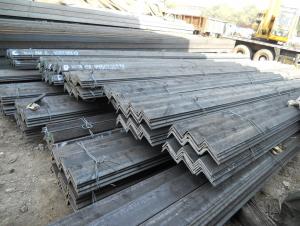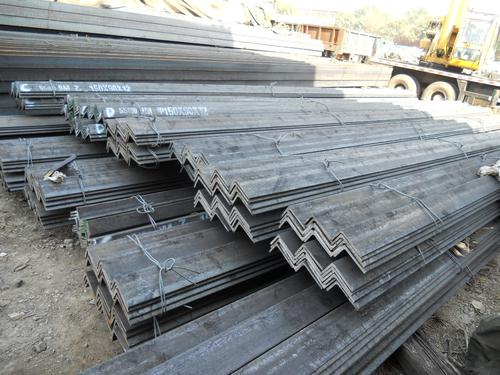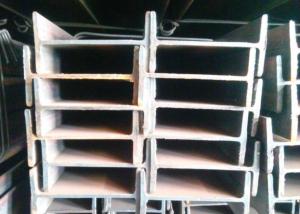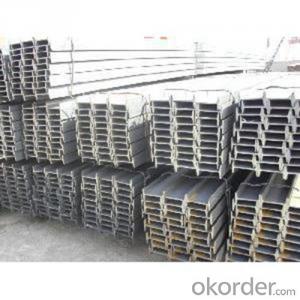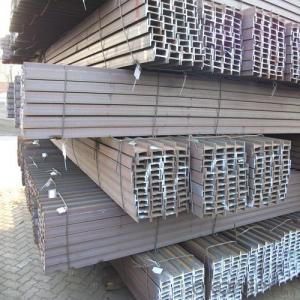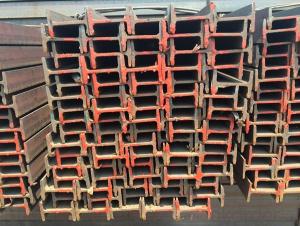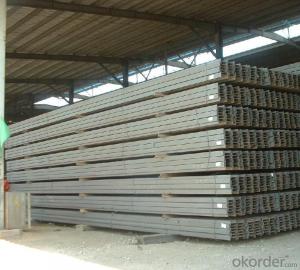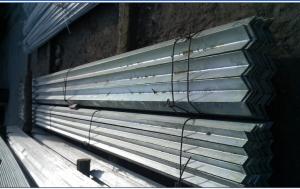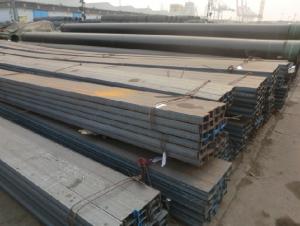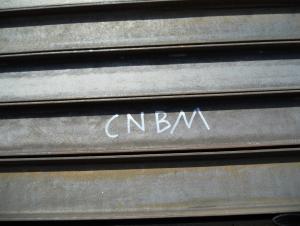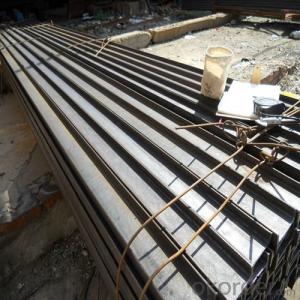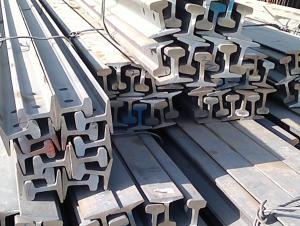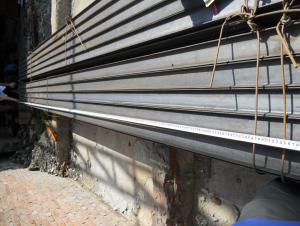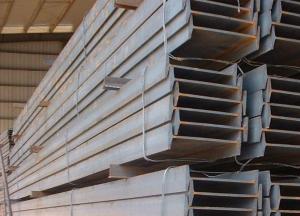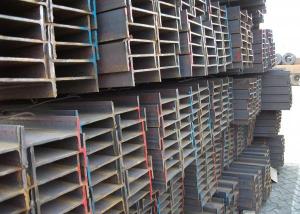HR Steel Unequal Angle Made in China with High Quality and Competitive Prices
- Loading Port:
- Tianjin
- Payment Terms:
- TT or LC
- Min Order Qty:
- 25 m.t.
- Supply Capability:
- 100000 m.t./month
OKorder Service Pledge
OKorder Financial Service
You Might Also Like
Product Description:
OKorder is offering HR Steel Unequal Angle Made in China with High Quality and Competitive Prices at great prices with worldwide shipping. Our supplier is a world-class manufacturer of steel, with our products utilized the world over. OKorder annually supplies products to European, North American and Asian markets. We provide quotations within 24 hours of receiving an inquiry and guarantee competitive prices.
Product Applications:
HR Steel Unequal Angle Made in China with High Quality and Competitive Prices are ideal for structural applications and are widely used in the construction of buildings and bridges, and the manufacturing, petrochemical, and transportation industries.
Product Advantages:
OKorder's HR Steel Unequal Angle Made in China with High Quality and Competitive Prices are durable, strong, and resist corrosion.
Main Product Features:
· Premium quality
· Prompt delivery & seaworthy packing (30 days after receiving deposit)
· Corrosion resistance
· Can be recycled and reused
· Mill test certification
· Professional Service
· Competitive pricing
Packaging & Delivery:
Packaging Detail: products are packed in bundle and then shipped by container or bulk vessel, deformed bar is usually naked strapping delivery, when storing, please pay attention to moisture proof. The performance of rust will produce adverse effect.
Each bundle weight: 2-3MT, or as required
Payment term: TT or L/C
Delivery Detail: within 45 days after received advanced payment or LC.
Label: to be specified by customer, generally, each bundle has 1-2 labels
Trade terms: FOB, CFR, CIF
FAQ:
Q1: Why buy Materials & Equipment from OKorder.com?
A1: All products offered byOKorder.com are carefully selected from China's most reliable manufacturing enterprises. Through its ISO certifications, OKorder.com adheres to the highest standards and a commitment to supply chain safety and customer satisfaction.
Q2: How do we guarantee the quality of our products?
A2: We have established an advanced quality management system which conducts strict quality tests at every step, from raw materials to the final product. At the same time, we provide extensive follow-up service assurances as required.
Q3: How soon can we receive the product after purchase?
A3: Within three days of placing an order, we will begin production. The specific shipping date is dependent upon international and government factors, but is typically 7 to 10 workdays.
Images:
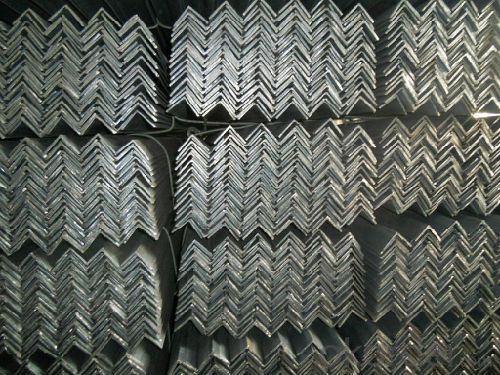
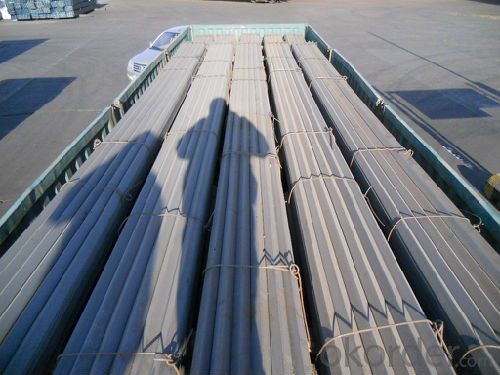
- Q: How are steel I-beams anchored to foundations?
- Steel I-beams are typically anchored to foundations using anchor bolts. These anchor bolts are embedded into the concrete foundation and provide a secure connection between the foundation and the I-beam. The bolts are usually placed at regular intervals along the length of the I-beam and then tightened to ensure a strong and stable anchoring.
- Q: Can steel I-beams be used for industrial warehouses or storage facilities?
- Yes, steel I-beams can be used for industrial warehouses or storage facilities. Steel I-beams are commonly used in the construction of such structures due to their strength, durability, and load-bearing capabilities. They provide structural support and can withstand heavy loads, making them suitable for large-scale warehouses or storage facilities. Additionally, steel I-beams are versatile and can be customized to meet specific design requirements, making them a popular choice in the industrial construction industry.
- Q: Can steel I-beams be used in railway or transportation infrastructure?
- Indeed, steel I-beams have the potential to be utilized in railway or transportation infrastructure. Owing to their remarkable strength and durability, steel I-beams find extensive application in the fabrication of bridges, viaducts, and various other transportation infrastructure endeavors. They possess exceptional load-bearing capabilities, facilitating the construction of extensive structures capable of withstanding substantial weights like trains or vehicles. By employing steel I-beams, the stability and safety of transportation infrastructure are guaranteed, rendering them an appropriate selection for railway and transportation projects.
- Q: I-beam shelf - shelf materials from what can be roughly divided into?
- The shelf from the material, can be divided into the following categories: 1, steel shelf: it is currently on the market sales of the larger varieties, from the warehouse to the supermarket shelves, iron and steel, large volume, the reason should be the excellent mechanical properties of steel processing and good weldability can (for example); 2, wooden shelves, mostly used for home storage or supermarket display; 3, aluminum shelf: because of its portability and aesthetics, is mostly used in supermarket, the carrying capacity is limited;
- Q: What are the common fabrication methods for steel I-beams?
- Steel I-beams can be fabricated using several common methods. The first method, hot rolling, is widely used. It involves heating a large steel billet and gradually shaping it into the desired I-beam profile by passing it through a series of rollers. This method ensures excellent structural integrity and dimensional accuracy. Another commonly used method is welding. By cutting and welding together steel plates or sections, the I-beam shape is created. This method allows for greater customization flexibility and can be used for both small-scale and large-scale production. Cold forming is a method where steel sheets or strips are bent and shaped into the I-beam shape through cold-rolling or using press brakes or roll forming machines. This method is often employed for smaller or lightweight I-beams. Extrusion, although less common, is used for specialized applications that require complex shapes or unique profiles. It involves forcing molten steel through a die to create the desired I-beam shape. In summary, these fabrication methods offer various options for manufacturing steel I-beams, enabling customization according to specific project requirements. Each method presents its own advantages and considerations, such as cost, production volume, and desired product properties.
- Q: Can steel I-beams be used for rooftop structures or equipment support?
- Indeed, rooftop structures or equipment support can make use of steel I-beams. Renowned for their robustness and ability to bear heavy loads, steel I-beams are an ideal option for bolstering weighty equipment or erecting rooftop structures. They offer exceptional structural support, enabling them to endure the weight and strain typically associated with rooftop installations. Furthermore, steel I-beams are resilient, enduring, and impervious to weather conditions, rendering them a dependable choice for rooftop applications. Nonetheless, it is crucial to enlist the services of professionals to guarantee proper load distribution and structural integrity in the design and installation process.
- Q: Can steel I-beams be used in marine environments?
- Yes, steel I-beams can be used in marine environments. Steel is a popular material choice for marine applications due to its high strength, durability, and resistance to corrosion. However, it is important to consider certain factors when using steel I-beams in marine environments. One of the main concerns in marine environments is the risk of corrosion. Steel I-beams are typically coated with protective layers such as paint or galvanization to prevent corrosion. These protective coatings create a barrier between the steel and the corrosive elements present in the marine environment, such as saltwater and humidity. Additionally, the design of steel I-beams for marine applications should take into account factors such as wave forces, water pressure, and potential impacts from floating objects. Reinforcements and additional bracing may be required to ensure the structural integrity and stability of the I-beams in these challenging conditions. Regular inspection and maintenance are also crucial to ensure the longevity of steel I-beams in marine environments. Inspections should include checking for any signs of corrosion, damage to the protective coatings, or structural issues. Prompt repairs or replacements should be carried out if any issues are identified. Overall, steel I-beams can be effectively used in marine environments when the appropriate protective coatings, design considerations, and maintenance practices are implemented.
- Q: What are the typical applications for Steel I-Beams?
- Steel I-beams are commonly used in construction for structural support in buildings, bridges, and infrastructure projects. They are also used in the manufacturing industry for heavy-duty equipment and machinery, as well as in the automotive industry for vehicle frames. Additionally, steel I-beams are widely utilized in the shipbuilding industry for constructing the framework of ships and offshore structures.
- Q: What can I do with welded I-beam and welded H?
- First of all, from the shape of: I-beam, each model has only two kinds, an ordinary type, and one is light, but light, rarely used.Type H steel, one in three, wide flange, middle flange, narrow flange.Purpose: steel beams are generally used for beams.Type H steel is generally used for columns, especially wide flange shaped steel, with mid flange and narrow flange for beams.The performance of H steel is higher than that of I-beam, but it saves material.As the beam, if the requirements of large vertical bearing capacity, generally with the high section type I-beam, and large horizontal force to the stability of the plane, generally using H steel, but the personal experience, to take in the flange is generally enough.About welding: as for the welding problem mentioned by landlord, there is no problem, H steel also has fillet, and avoid fillet when welding.
- Q: Can steel I-beams be used in retail or commercial building renovation projects?
- Yes, steel I-beams can definitely be used in retail or commercial building renovation projects. Steel I-beams are commonly used in construction due to their strength and durability. They offer excellent load-bearing capacity, making them ideal for supporting heavy loads in both new construction and renovation projects. In retail or commercial building renovation projects, steel I-beams can be used to reinforce or replace existing structural elements, provide additional support for new additions or expansions, or create open and flexible floor plans by eliminating the need for interior load-bearing walls. Additionally, steel I-beams can be customized to meet specific project requirements, such as length, size, and shape, making them a versatile choice for various renovation applications. Overall, the use of steel I-beams in retail or commercial building renovation projects can enhance structural integrity, increase design possibilities, and ensure the long-term stability and safety of the renovated space.
Send your message to us
HR Steel Unequal Angle Made in China with High Quality and Competitive Prices
- Loading Port:
- Tianjin
- Payment Terms:
- TT or LC
- Min Order Qty:
- 25 m.t.
- Supply Capability:
- 100000 m.t./month
OKorder Service Pledge
OKorder Financial Service
Similar products
Hot products
Hot Searches
Related keywords
